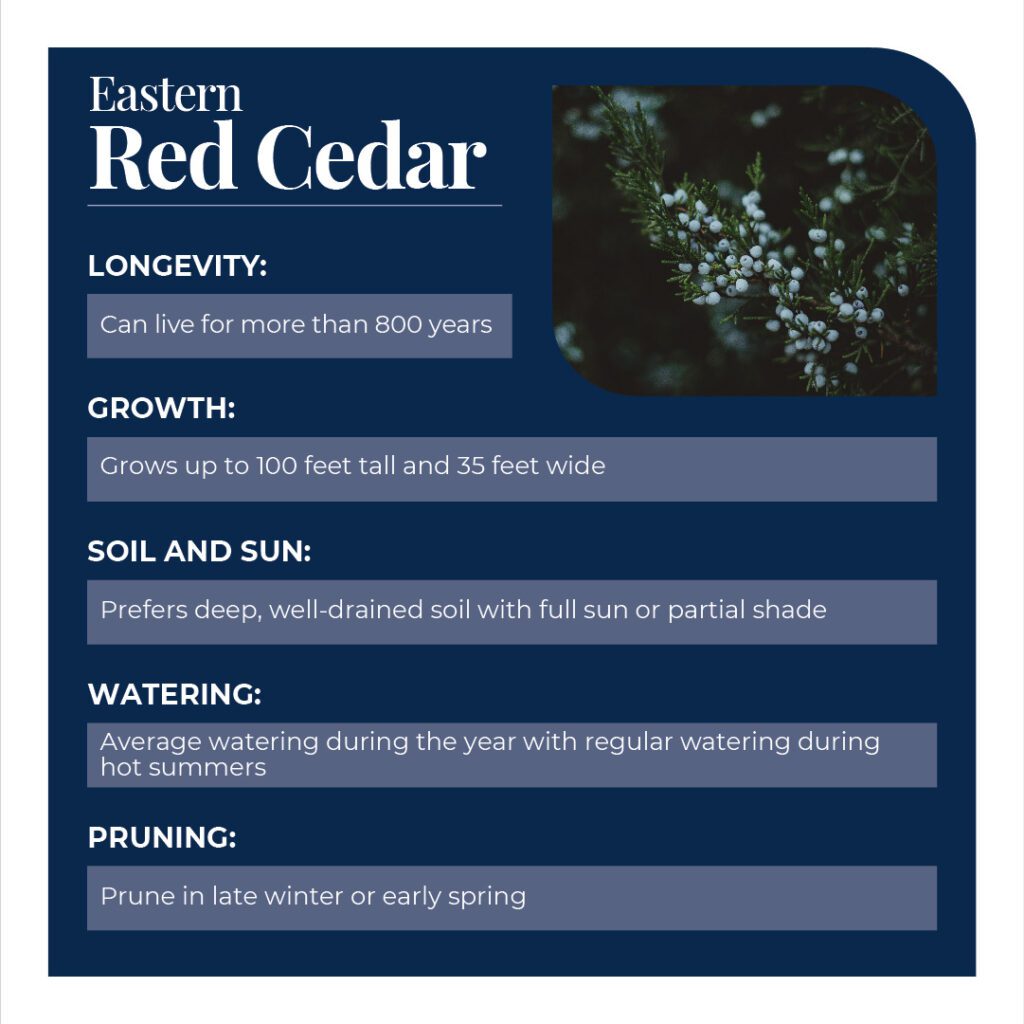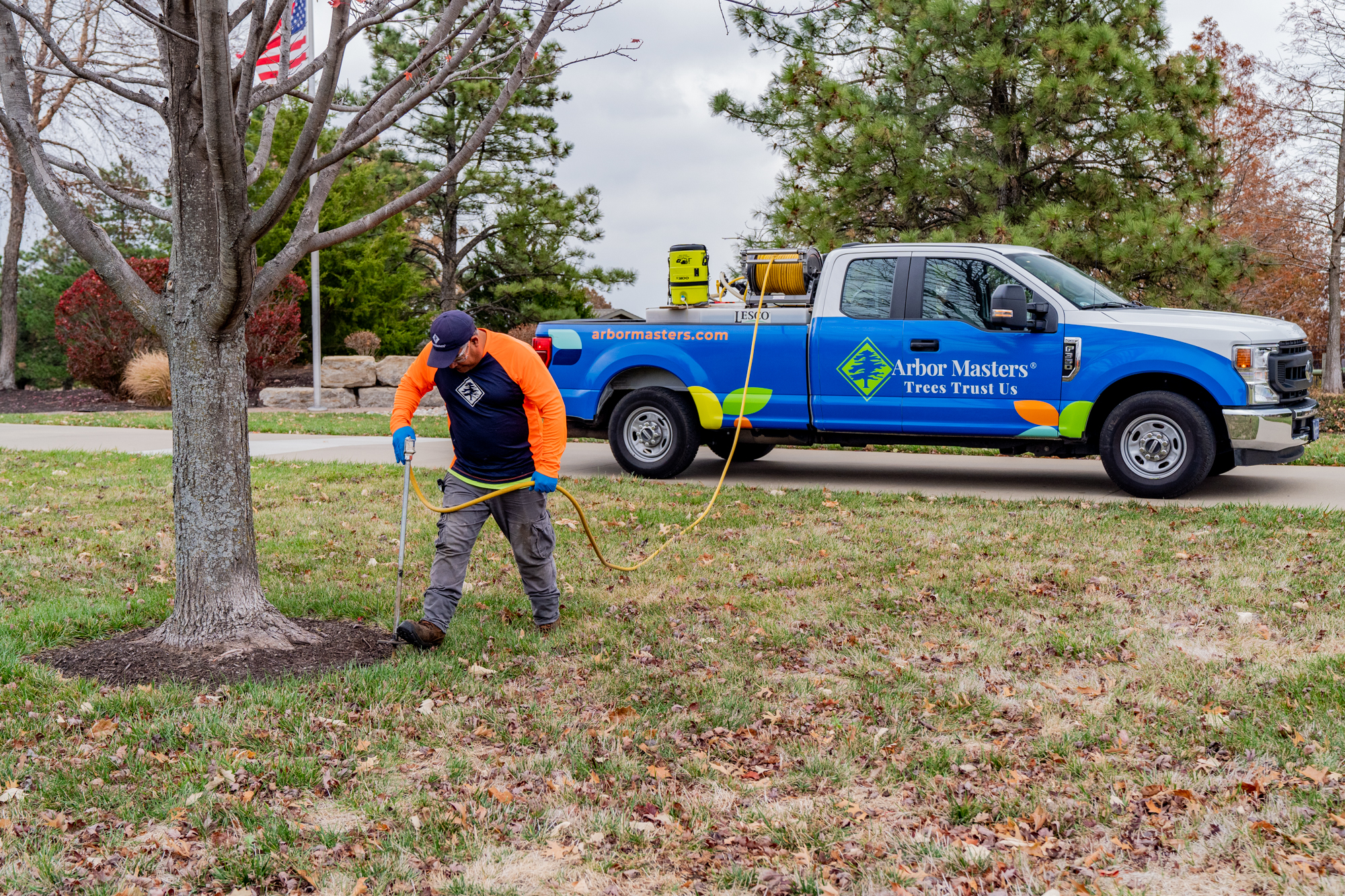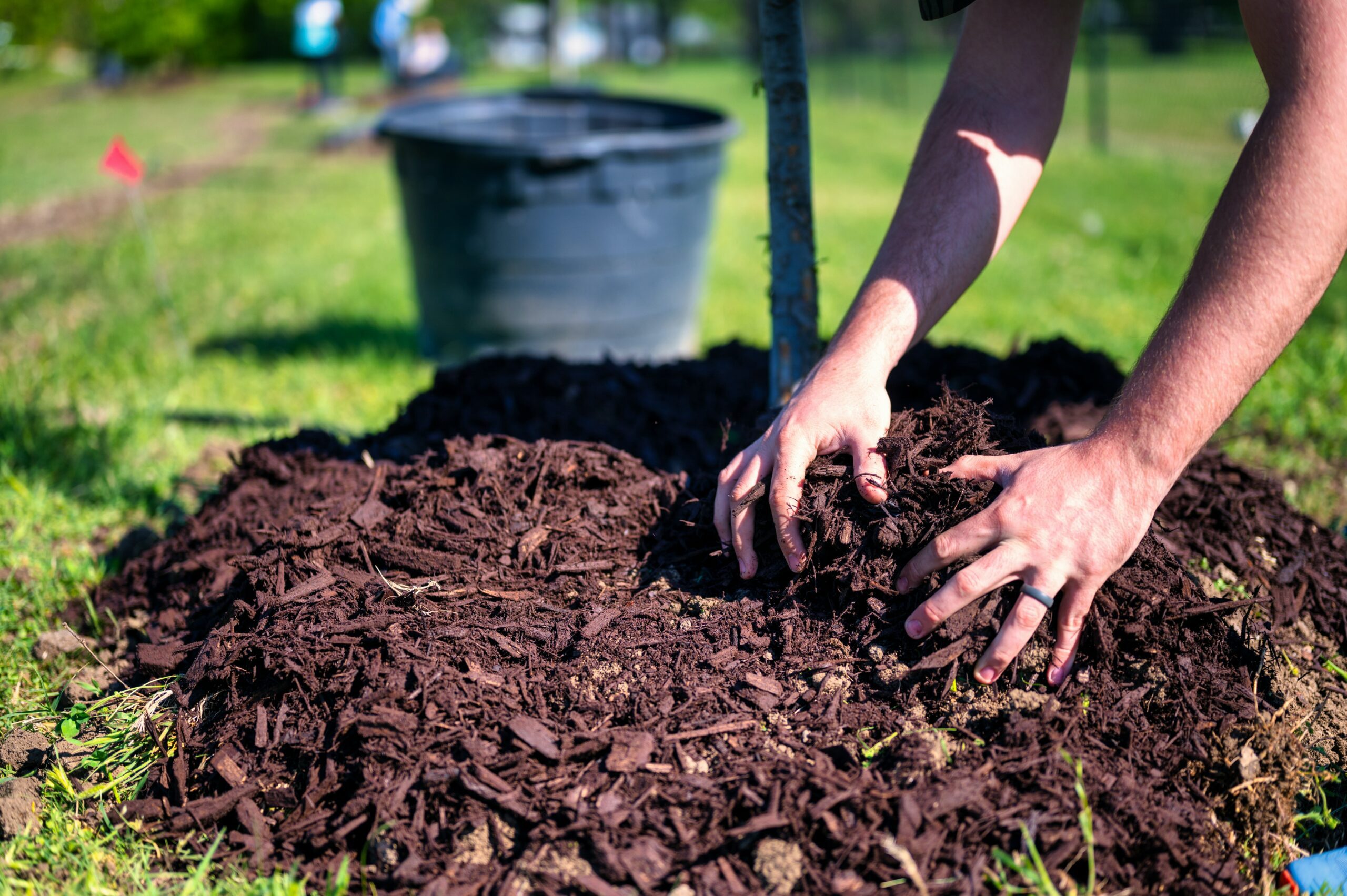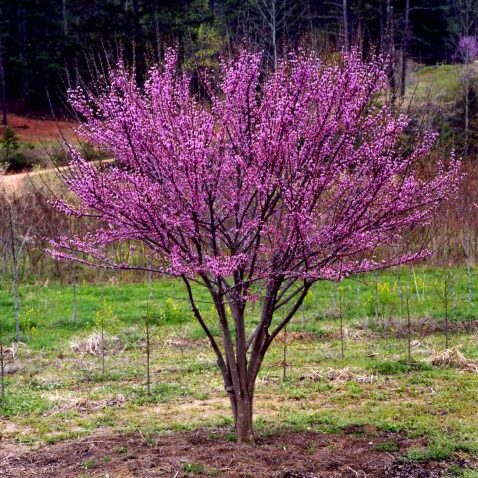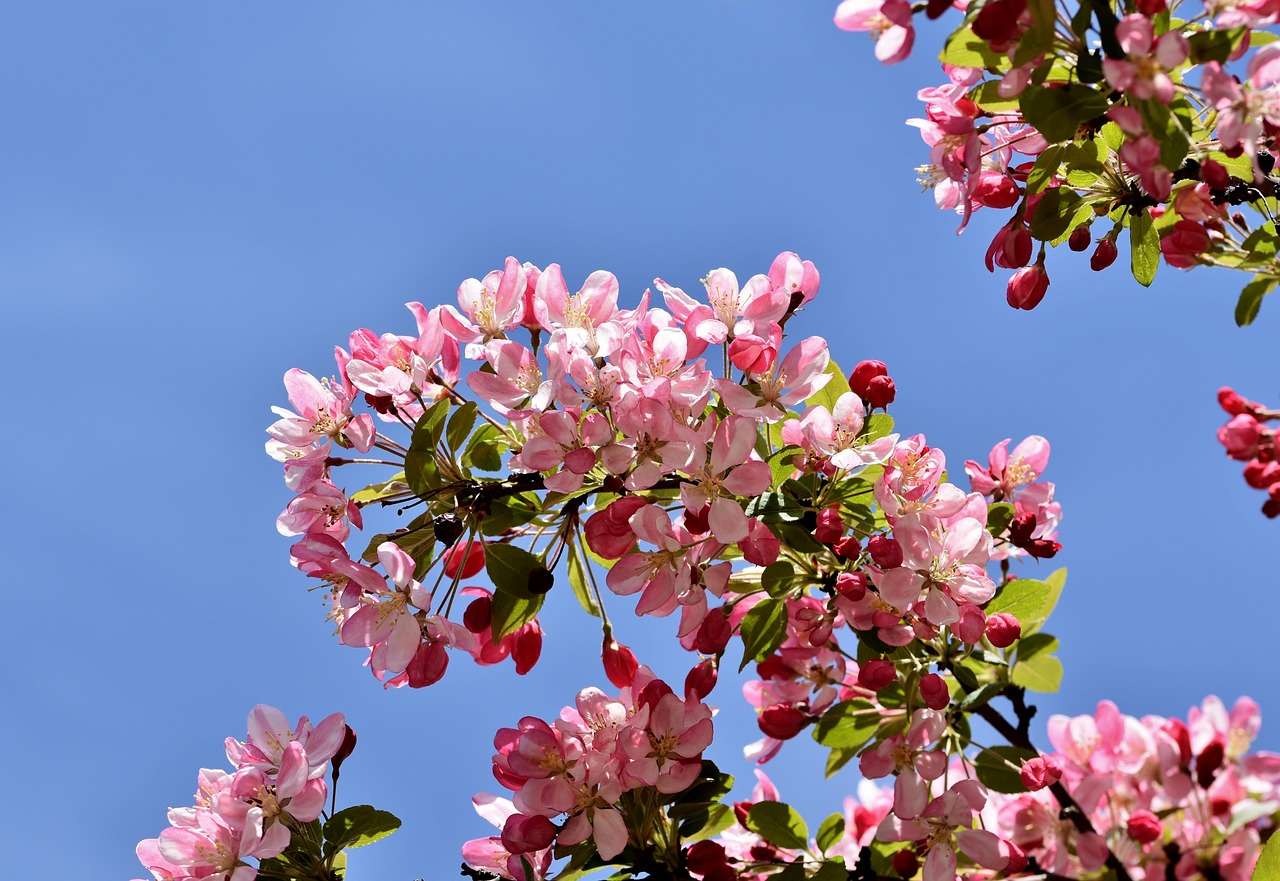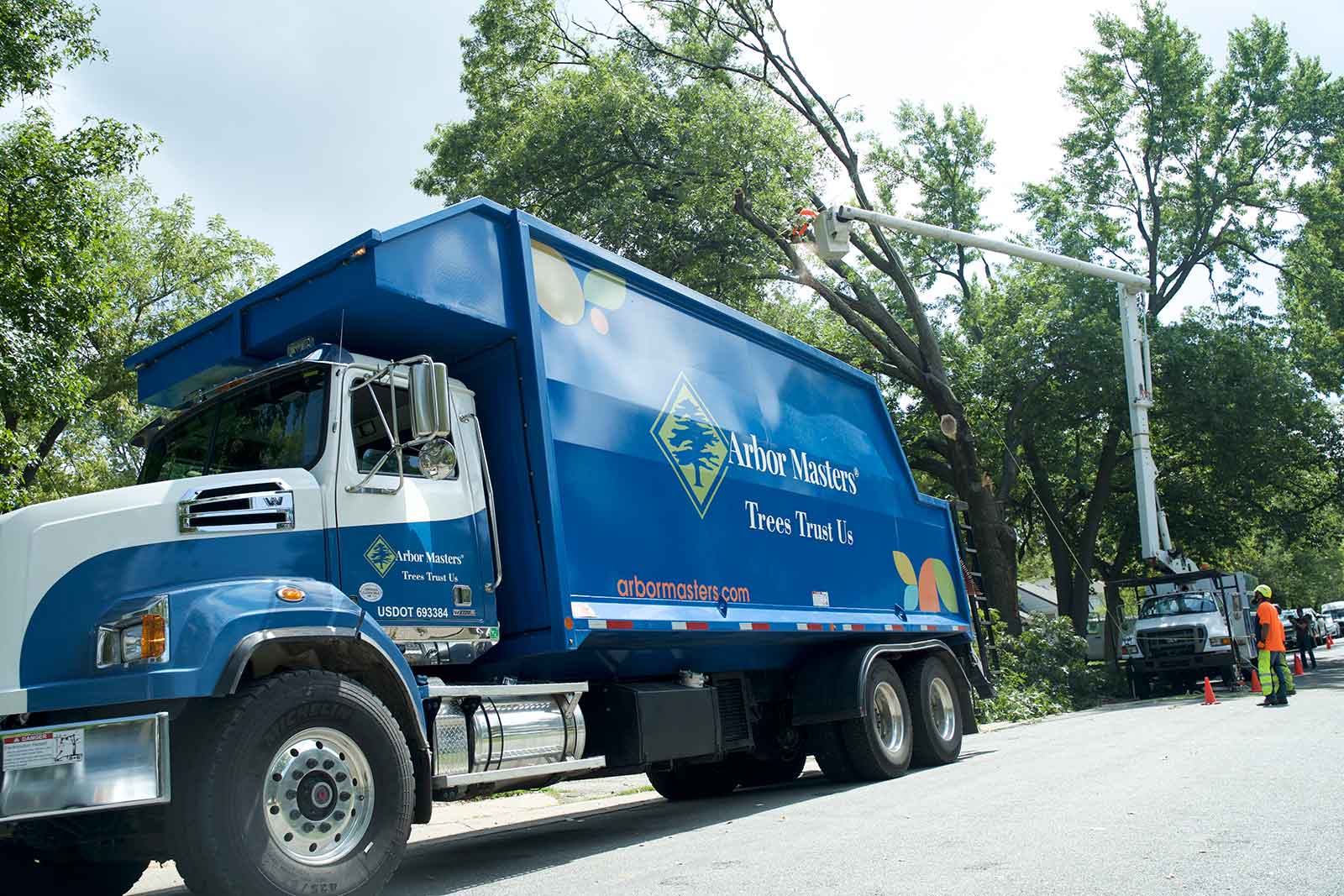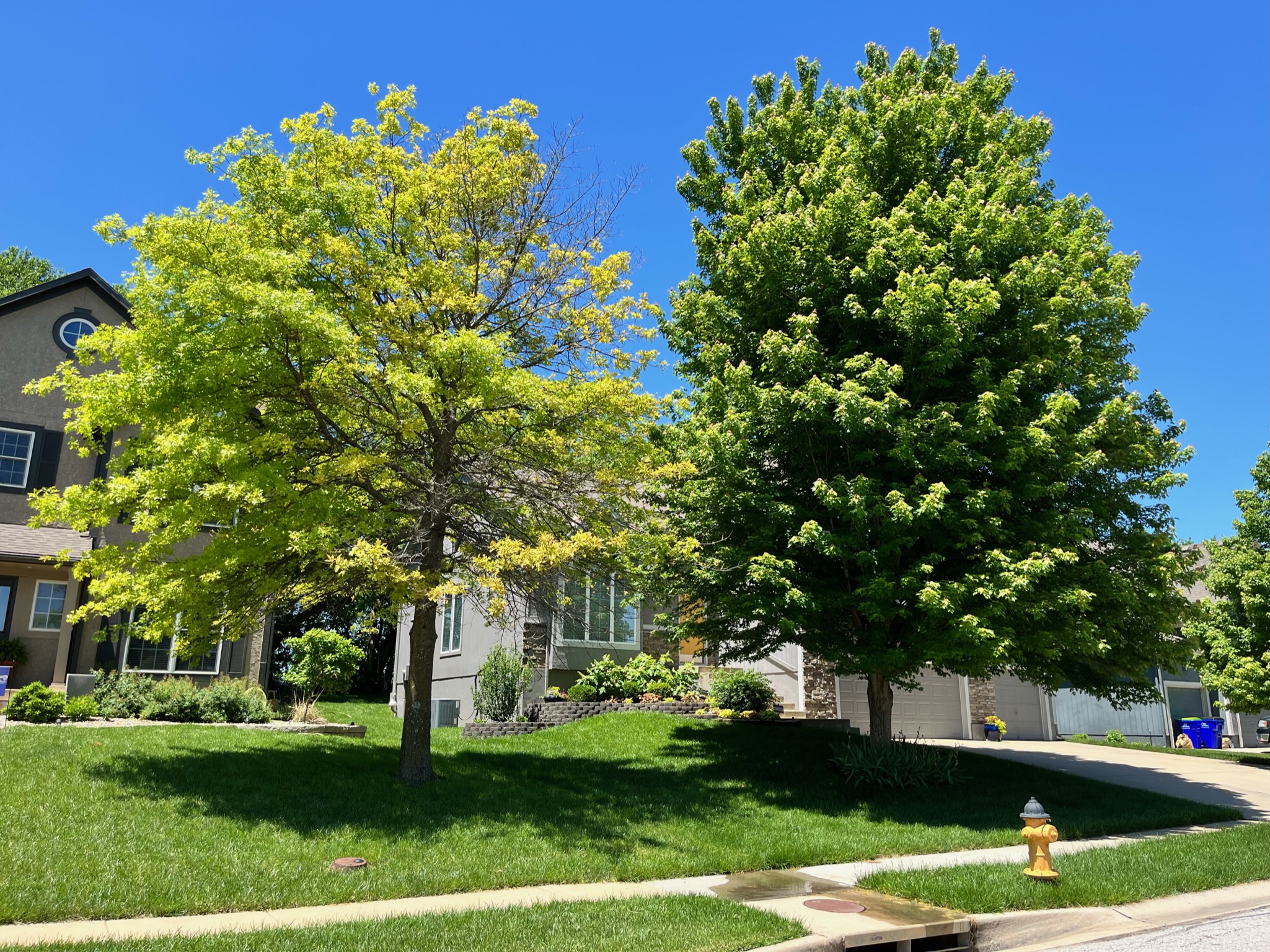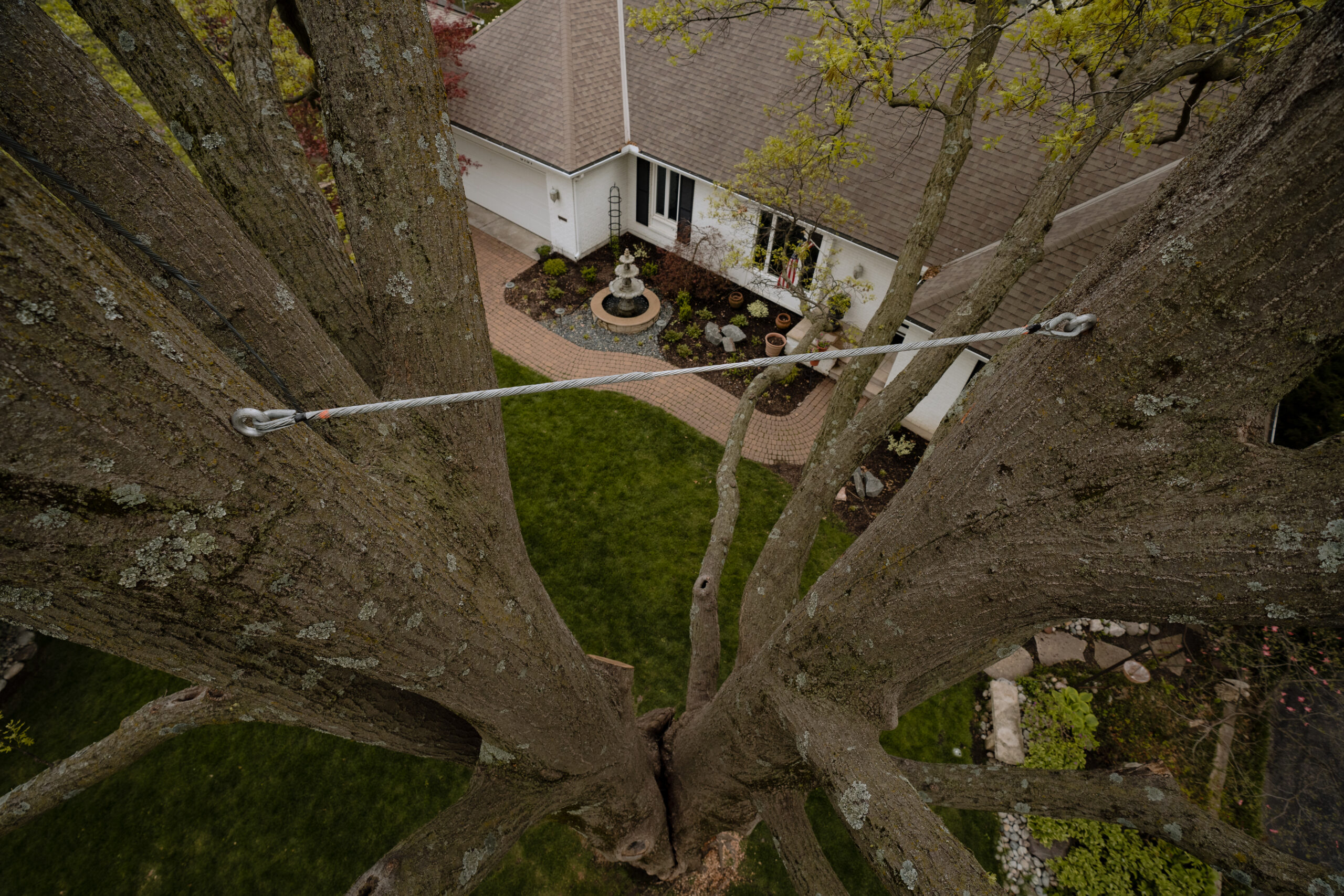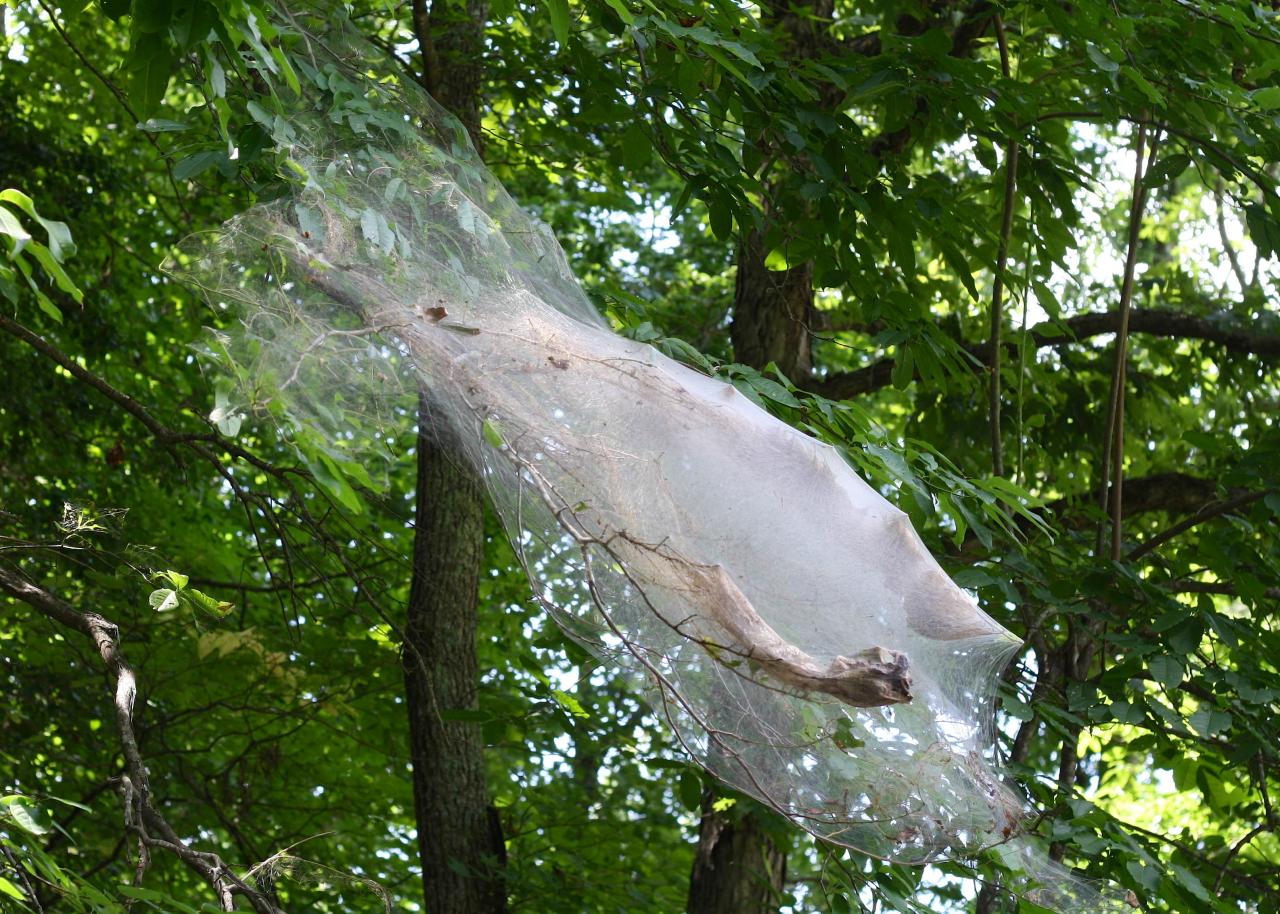Trees 101: Everything You Want to Know About Eastern Red Cedar Trees

Welcome to our blog series, Trees 101! Each post, we will dive into common trees in the midwestern United States to learn more about tree care, growth, and identification. Today, we’re focusing our attention on the Eastern Red Cedar.
The Eastern Red Cedar, Juniperus virginiana, is an evergreen coniferous tree native to eastern North America. It provides a valuable habitat for birds and other animals, and it’s known for its high resistance to fire and drought. The Eastern Red Cedar plays a crucial role to forest ecosystems across the region. It is a timely topic for us to cover during the holidays, as if you choose to do any decorating during the winter months, easter red cedar provides a fragrant and beautiful choice. While not typical in an urban setting, more rural female trees feature blue fruits that will brighten up any floral arrangement.
What does the Eastern Red Cedar look like?
The Eastern Red Cedar has an upright pyramidal form, with its branches spreading out from the trunk at all levels. Its bark is light greyish brown and has a scaly texture. The coniferous tree’s foliage contains sharp, scale-like needles that range in color from green to blue. Young seedlings of Eastern Red Cedar are bright green but grow darker as they age. It produces small, blue, conical berries which are a food source for birds and other animals.
How long does an Eastern Red Cedar tree live?
The Eastern Red Cedar tree can live up to 800 years in the wild. It is a slow-growing species that typically reaches its mature size within approximately 10–20 years. Additionally, the bark of the Eastern Red Cedar tree is especially resistant to fire and drought, which helps it survive in harsh environments and allows it to have such a long lifespan.
How big does an Eastern Red Cedar tree grow?
After the Eastern Red Cedar tree reaches maturity within 10–20 years, it can reach a height of nearly 100 feet and a width of 20-35 feet. The tree has a slow growth rate, with about 15-30 cm of growth annually.
Where does the Eastern Red Cedar tree grow?
The Eastern Red Cedar tree is native to and most commonly found in eastern North America. It ranges from Ontario and New England in the north, through the east coast and Gulf of Mexico states, and west into Texas. It can also commonly found in parts of Minnesota, Wisconsin and Michigan. Additionally, it has been introduced to other parts of the world such as Australia and Europe.
How do Eastern Red Cedar trees reproduce?
The Eastern Red Cedar reproduces through its seeds, which are dispersed by birds and small mammals. The seeds require stratification in order to germinate, meaning that they need to spend time in cold conditions before being planted. Additionally, the tree can be propagated from cuttings or seedlings.
What diseases affect the Eastern Red Cedar?
The Eastern Red Cedar is susceptible to a variety of diseases and pests, including cankers, tip blight, bagworms and winter injury. Additionally, it is subject to infestations by aphids, scale insects, and borer beetles. Regular pruning and monitoring of disease symptoms are important in preventing serious damage to the tree. If you suspect an infection, contact a certified arborist for treatment recommendations.
What animals benefit from the Eastern Red Cedar?
Eastern Red Cedar trees are popular habitats for birds and other animals. Its berries are an important food source for a variety of species, including wild turkeys, quail, songbirds, black bears and squirrels. Additionally, its bark is home to many insects that provide food for a variety of bird species.
Are Eastern Red Cedar trees deer resistant?
The Eastern Red Cedar tree is not deer resistant and is commonly browsed by these animals for food. To prevent damage, it is important to use barriers such as fencing or netting around the tree. Additionally, applying repellents to the foliage may also help discourage deer from browsing on the trees.
Can you eat Eastern Red Cedar berries?
The Eastern Red Cedar berries are an edible food source but are not recommended for humans in certain quantities. They contain a compound called thujone, which can have psychoactive effects in humans if consumed in large quantities. Additionally, the berries can cause mild stomach upset if eaten raw and should be cooked before consumption. One common way that Eastern Red Cedar berries are consumed is through gin.
Is the Eastern Red Cedar a hardwood or softwood?
The Eastern Red Cedar is classified as a softwood species. Softwood is a term used to describe wood that comes from coniferous or evergreen trees such as the Eastern Red Cedar. This type of wood is lighter in weight and softer than its hardwood counterparts. It is often used for construction, furniture-making, paper production, and other uses where strength and durability are not required. Softwoods typically have a much lower cost than hardwoods and can be easier to work with. Additionally, the Eastern Red Cedar tree’s bark can be used in many ways, such as fence posts and fuel wood. The wood of the tree is also highly valuable for its unique smell and is used in the production of cedar chests, boxes, and other furniture items.
How do I take care of an Eastern Red Cedar tree?
The Eastern Red Cedar prefers deep, well-drained soils but is also tolerant of a wide range of soil conditions. It does best in acidic to neutral pH soils and can tolerate both wet and dry sites. Additionally, it has moderate salt tolerance, which makes it ideal for coastal areas as well in the northeastern United States. Mulch and fertilizer application once per year helps to promote healthy growth. The Eastern Red Cedar tree prefers full sun to partial shade and needs an average water supply. It is drought tolerant but should be watered regularly during hot summers for optimal growth.
How should I prune an Eastern Red Cedar tree?
It is generally recommended that Eastern Red Cedar trees be pruned in late winter or early spring. Pruning should be done to remove dead branches. Additionally, it is important to cut back any crossing branches and make sure the tree is well balanced with a healthy crown. Properly pruned trees will have strong, vigorous growth and an attractive shape. Pruning tall trees like the Eastern Red Cedar is a difficult and potentially dangerous process, which is why it is important to contact us at Arbor Masters. With the right equipment and skill, we are able to help keep your Eastern Red Cedar in tip-top shape– contact us today to make an appointment.
The Eastern Red Cedar tree is a valuable species for its beauty, environmental necessity and many practical uses. With proper care and maintenance, it can live for centuries and provide enjoyment to those who appreciate its unique qualities and characteristics. Contact us today to learn about how our certified arborists at Arbor Masters can help keep your Eastern Red Cedar in healthy condition.


